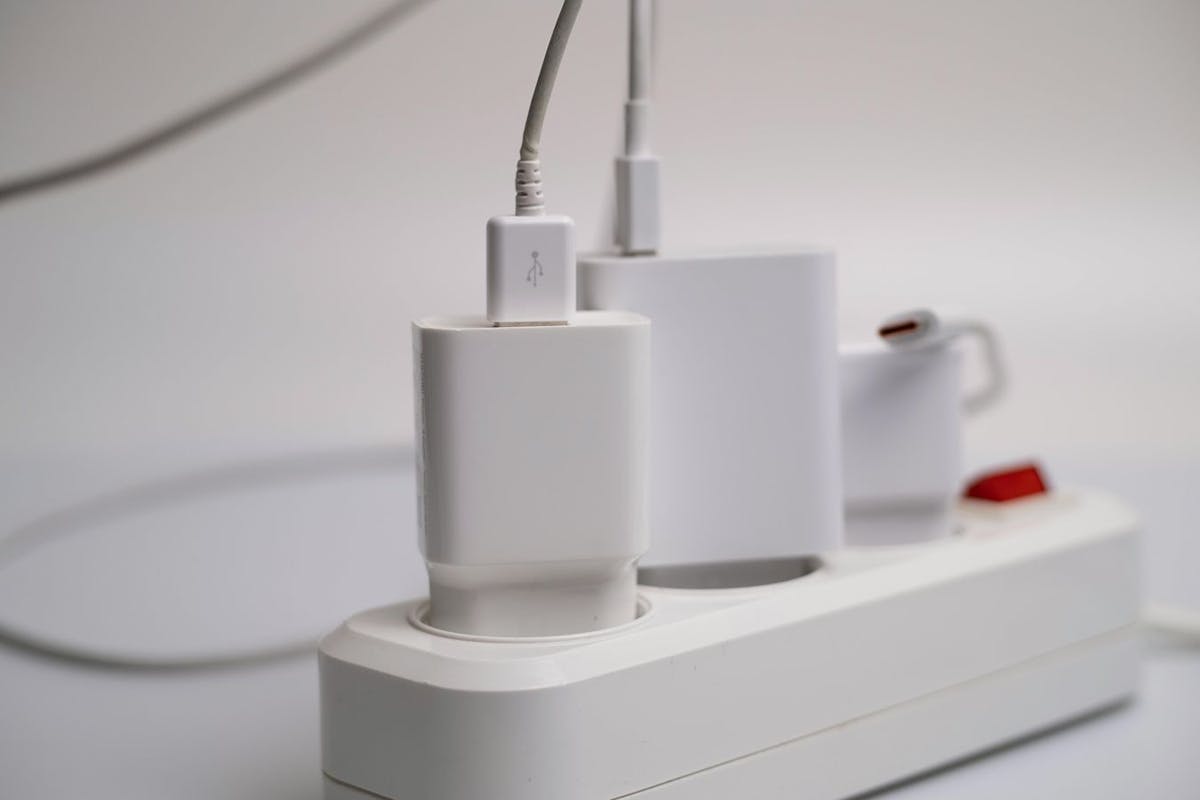Where Does Your Electricity Come From?
Last edited

Author
Andrew Blok
Electrification and Solar Writer and Editor

Editor
Andrew Giermak
Solar and Electrification Writer and Editor

Have you ever wondered what energy sources generate the electricity we use all the time? Getting the electricity you need for heating, cooling, cooking, even electric vehicles, relies on a a complex system. The future of our electricity is increasingly about renewable energy such as solar power and home solar panels.
Where does electricity come from? Here’s the quick rundown about the power we use, where it comes from, and what’s next.
See how much you can save with home energy changes
Where does the electricity on the US grid come from?
The US electricity grid is powered by a variety of sources, ranging from fossil fuels to a growing share of renewable energy and other sources like nuclear. While the specific breakdown varies by region, the overall mix looks something like this breakdown from 2023.
| Source | Billion kilowatt-hours | Percentage |
|---|---|---|
| Natural gas | 1,802 | 43.1% |
| Nuclear | 775 | 18.6% |
| Coal | 675 | 16.2% |
| Wind | 425 | 10.2% |
| Hydropower | 249 | 5.7% |
| Solar | 165 | 3.9% |
| Biomass | 47 | 1.1% |
| Geothermal | 16 | 0.4% |
| Petroleum | 16 | 0.4% |
This is utility-scale energy generation and excludes an estimated 73.62 billion kilowatt-hours generated by small-scale solar installations, including those on residential rooftops. Source: US EIA
How is the electricity makeup of the grid changing?
The US electricity mix is shifting thanks to a rapid increase in renewable energy, particularly solar power and battery storage. These technologies are leading the way in new additions to the grid.
In 2025, the US is projected to add an estimated 63 gigawatts (GW) of new utility-scale generation capacity, a nearly 30% increase from 2024, according to the US Energy Information Administration. Solar and battery storage are expected to account for a massive 81% of these additions. Solar alone is expected to contribute over 50% of the new capacity. This continues a strong trend, with a record 30 GW of solar added in 2024 and a projected 32.5 GW for 2025. According to a report by SEIA, the US installed a record-breaking 50 GW of new solar capacity in 2024, the largest single-year addition by any energy technology in over two decades.
Battery storage is also seeing record growth. An impressive 10.3 GW of battery storage was added in 2024, with a projected 18.2 GW to be added in 2025. Battery storage is critical for modernizing the grid, as it improves grid stability by storing electricity from sources like solar and wind to be used later.
See how much you can save with home energy changes
How clean is your electricity?
The carbon intensity of your electricity — how much carbon is emitted for every kilowatt-hour of electricity produced — varies by location and, with the rise of certain renewable energy technologies, over time.
The US EIA points out that from 2016-2020, the average carbon intensity fell by 18%, thanks to a shift away from coal to natural gas and renewables. Coal produces about 2.31 pounds of carbon dioxide per kilowatt-hour of electricity produced, while natural gas (which is largely made of the fossil fuel methane) produces just shy of one pound, according to the US EIA, which considers renewables like solar and wind to be carbon neutral.
You can get an idea of the carbon intensity of your local electricity supply at Electricity Maps.
If you’re concerned about the carbon emissions of the electricity coming to you from the grid, home solar panels can alleviate most of that concern. While you’ll still draw power from the grid at night (without attached battery storage), the solar electricity you use will almost certainly be cleaner than what you pull from the grid. That’s without mentioning the potential to cut your electricity bills.
If you’re interested in what solar can do for your energy needs and budget, you can start with the free Palmetto app. The app lets you see your energy usage, your current utility costs, and ways to save via home solar, home electrification, and energy-saving products and smart devices. You can also start with Palmetto’s solar savings tool to see what you could save.
See what home electrification can do for you:
Frequently asked questions
What is a gigawatt (GW)?
A gigawatt is a unit of power equal to one billion watts. It is a common measure for the output of large-scale power plants or the total capacity of a power grid. One gigawatt can power hundreds of thousands of homes.
Why is battery storage important for the grid?
Battery storage is a key component for integrating renewable energy sources. Batteries can store cheap or excess clean energy for use when generation is low, ensuring a consistent and reliable power supply.
Is the US grid becoming cleaner?
Yes, with the significant growth in solar, wind, and other renewable technologies, the US electricity mix is becoming less carbon intense.


